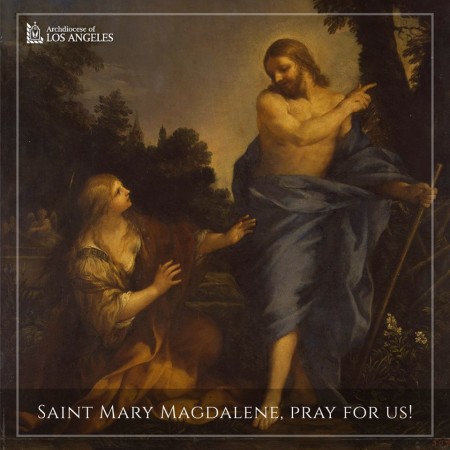 Saint Mary Magdalene –Image Courtesy: Archbishop Jose Gomez
Saint Mary Magdalene –Image Courtesy: Archbishop Jose Gomez
(Franciscan Media) Except for the Holy Mother of Jesus, few Women are more honored in the Bible than Mary Magdalene–Yet she could well be the Patron Saint of the ‘Slandered’ since there has been a persistent legend in the Church, that she is the unnamed sinful Woman who anointed the feet of Jesus in Luke 7:36-50 and was forgiven.
Most scripture scholars today point out, there is no scriptural basis for confusing the two Women. Mary Magdalene that is, ‘of Magdala’ was the one from whom cast out seven demons —Luke 8:2 an indication–at the worst of extreme demonic possession or possibly serious illness.
- Fr. Wilfred J. Harrington O.P. writing in the ‘New Catholic Commentary’ says that the “seven demons — does not mean that Mary had lived an immoral life–a conclusion reached only by a means of mistaken identification with the anonymous woman of Luke 7:36-50.”
- Fr. Edward Mally, S.J. writing in the ‘Jerome Biblical Commentary’ agrees that she “is not…the same person as the sinner of Luke 7:36-50 despite the later Western romantic tradition about her.”
Mary Magdalene was one of the many “who were assisting them (Jesus and the Twelve) out of their means.” — Mary Magdalene was present at the Cross with His Mother and of all the ‘official’ witnesses that may have been chosen for the first awareness of the Resurrection–she was the one to whom that privilege was given. Mary Magdalene is known as the: Apostle to the Apostles.
More here from EWTN
Related: For Today’s Most Holy Scripture Readings on the Feast of St. Mary Magdalene, Visit: -USCCB
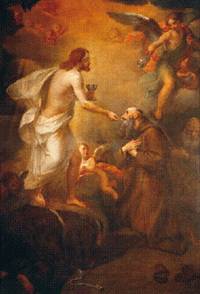
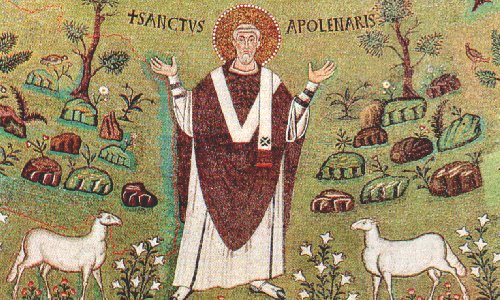 Saint Apollinaris –Image Courtesy:
Saint Apollinaris –Image Courtesy: 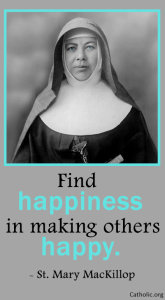
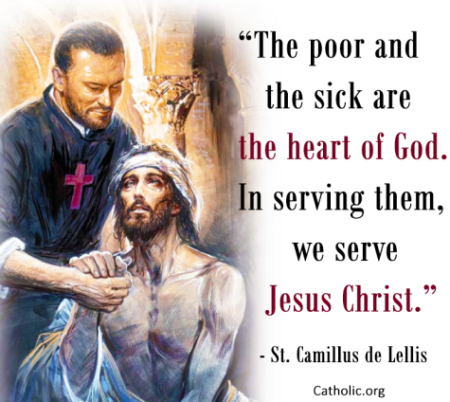 Saint Camillus de Lellis (1550-1614) — Image: Catholic Online
Saint Camillus de Lellis (1550-1614) — Image: Catholic Online 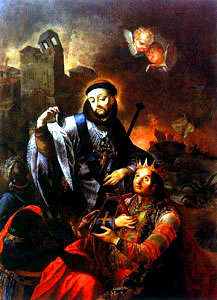
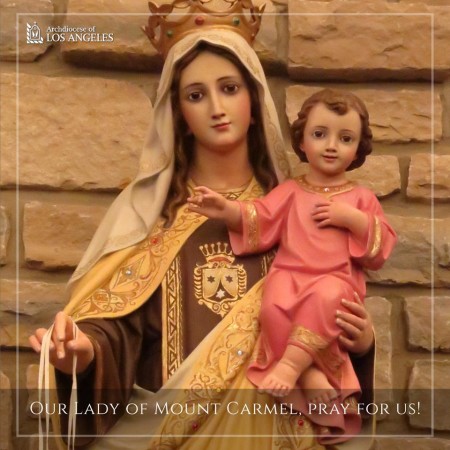 Our Lady of Mount Carmel
Our Lady of Mount Carmel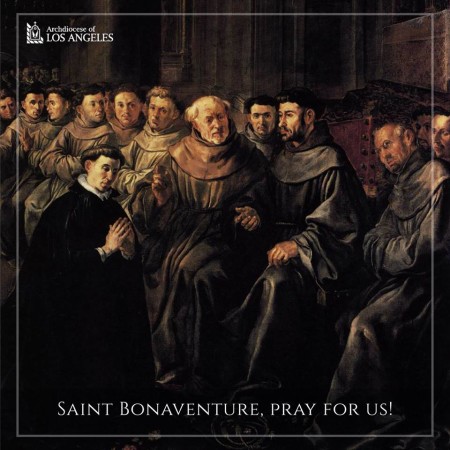 St. Bonaventure (1221-1274) Image Courtesy: Archbishop Jose Gomez
St. Bonaventure (1221-1274) Image Courtesy: Archbishop Jose Gomez 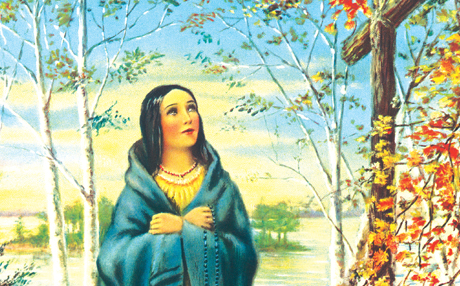 St. Kateri Tekakwitha (1656-1680)
St. Kateri Tekakwitha (1656-1680)